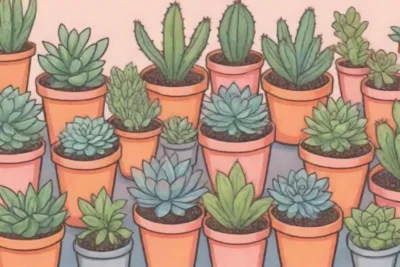
How to Handle plant disputes during Succulent Swap Events

Introduction
Succulent swap events have become increasingly popular among plant enthusiasts who share a common love for these unique and low-maintenance plants. Not only do these events offer a wonderful opportunity for plant enthusiasts to acquire new specimens, but they also foster community engagement and knowledge sharing. As with any social gathering, however, disputes can arise over plant ownership, value, and care. The significance of addressing these disputes amicably cannot be overstated, as it ensures that future events can remain enjoyable and productive for everyone involved.
In this article, we will explore effective strategies for handling disputes that may occur during succulent swap events. We will discuss the common issues that arise, the best practices for conflict resolution, and ways to create a more harmonious environment for all attendees. By understanding how to manage these disputes, we aim to enhance the experience of succulent swaps for both new and experienced participants.
Common Disputes in Succulent Swap Events
When it comes to succulent swaps, several potential disputes can arise, leading to misunderstandings and uneasy exchanges. These might include disagreements over the condition of plants, varying opinions on the fair value of specimens, and even issues related to miscommunication in the swap agreements. Understanding these common issues is crucial for proactively addressing conflicts before they escalate.
Disagreements Over Plant Condition
One of the most frequent disputes at succulent swap events pertains to the condition of the plants being exchanged. Participants may disagree on whether a plant is healthy, whether it is too small for a swap, or if there are unexpected pests present. This kind of conflict often stems from subjective judgments regarding the perceived value of a succulent. For instance, one participant may believe a plant is in excellent condition, while another may see signs of distress like discoloration, wilting, or signs of mealybugs.
To address disagreements over plant condition, it is essential to establish clear guidelines at the start of the swap. One suggestion is to create a standard checklist that participants can use as a reference for assessing plant health. By agreeing on certain criteria, such as size, health indicators, and potential pests, participants can help minimize confusion and set realistic expectations, thus reducing conflict around perceptions of plant condition.
Valuation Disputes
Another common issue is the valuation disputes that often arise when participants feel that the plants offered for exchange are not fairly valued. One person may believe that their succulent, which they nurtured and propagated, should be valued at a higher rate due to its sentimental attachment, while another participant may be less inclined to give up a particular plant without receiving what they consider a fair trade in return. These differences in valuation can lead to discontent and frustration during the swap.
To mitigate valuation disputes effectively, it’s important to encourage open communication among participants. An honest discussion can help clarify why a trader feels their plant is worth a certain value. Additionally, organizing a preliminary information session where tips on plant valuation are shared could be beneficial. This could include discussions on how the rarity, size, and age of a succulent affect its worth. By increasing the understanding of plant valuation, participants may find common ground and avoid conflict.
 Creating a Succulent Swap Network: Tips for Long-Term Success
Creating a Succulent Swap Network: Tips for Long-Term SuccessMiscommunication in Swap Agreements
Miscommunication can also lead to disputes during succulent swaps. Participants may have different assumptions about what is included in a trade or may misinterpret the agreed terms of the swap. For example, one person might think that making a trade for two smaller plants is equivalent to one larger specimen, while the other believes that they are swapping on a one-for-one basis. Such misunderstandings can sour relationships and create an atmosphere of tension.
To combat miscommunication, it is advisable to establish a few simple rules at the outset of the event. Incorporating a brief swap agreement form that is completed before trades can help clarify terms. This form should outline each party's expectations, including the number of plants involved in the swap, as well as any other relevant information about each plant's care needs and history. By formalizing the understanding before the swap occurs, participants are less likely to find themselves in dispute later.
Best Practices for Conflict Resolution
When disputes do arise, how they are managed is crucial in determining the outcome and maintaining a positive environment. Successfully resolving conflicts requires a thoughtful approach that considers the needs and feelings of everyone involved.
Open Dialogue and Active Listening
One effective method for resolving disputes is to foster an environment of open dialogue and active listening. Encourage parties in conflict to openly express their viewpoints while ensuring others have the opportunity to listen without interruption. This technique not only cultivates respect but also allows individuals to gain a better understanding of the concerns and feelings of those involved. To ensure healthy communication, it may be beneficial to appoint a neutral facilitator who can help mediate conversations and guide discussions towards a solution.
Active listening is a crucial skill in this context. Encourage participants to paraphrase what the other is saying to demonstrate understanding. This encourages empathy and is often essential in reducing the emotional charge associated with plant disputes. By actively involving everyone in the communication process, resolutions may be reached more amicably.
Compromise and Collaboration
Another important strategy is to encourage compromise and collaboration. In many situations, it is possible for all parties to find a middle ground that satisfies everyone involved. Encourage participants to think creatively about potential solutions that may not have initially been considered. For example, if one party is unwilling to part with a cherished succulent, they could offer a cutting or propagate a new plant for the other party instead.
Creating an atmosphere of collaboration helps remind participants that the overarching objective of succulent swap events is to foster community engagement. Highlighting this notion can motivate individuals to approach disputes not simply from a standpoint of winning, but rather from a collective desire to find a resolution that benefits everyone.
 Documenting Your Succulent Swap Journeys: Why It Matters
Documenting Your Succulent Swap Journeys: Why It MattersImplementing a Structured Dispute Resolution Process
Having a structured process for dispute resolution can provide clarity and reassurance during swap events. Establishing a set of guidelines for resolving conflicts ahead of time can help participants know what steps to take when disagreements arise. For instance, define the stages of dispute resolution, which could start with informal discussions escalating to mediation if necessary.
Moreover, appointing a dedicated dispute resolution team—a group of experienced participants who can step in to help manage situations—provides a safety net for newcomers and helps maintain a calm atmosphere during the event. This structured approach ensures that disputes are handled in a timely manner, thus preventing friction from derailing the entire occasion.
Conclusion
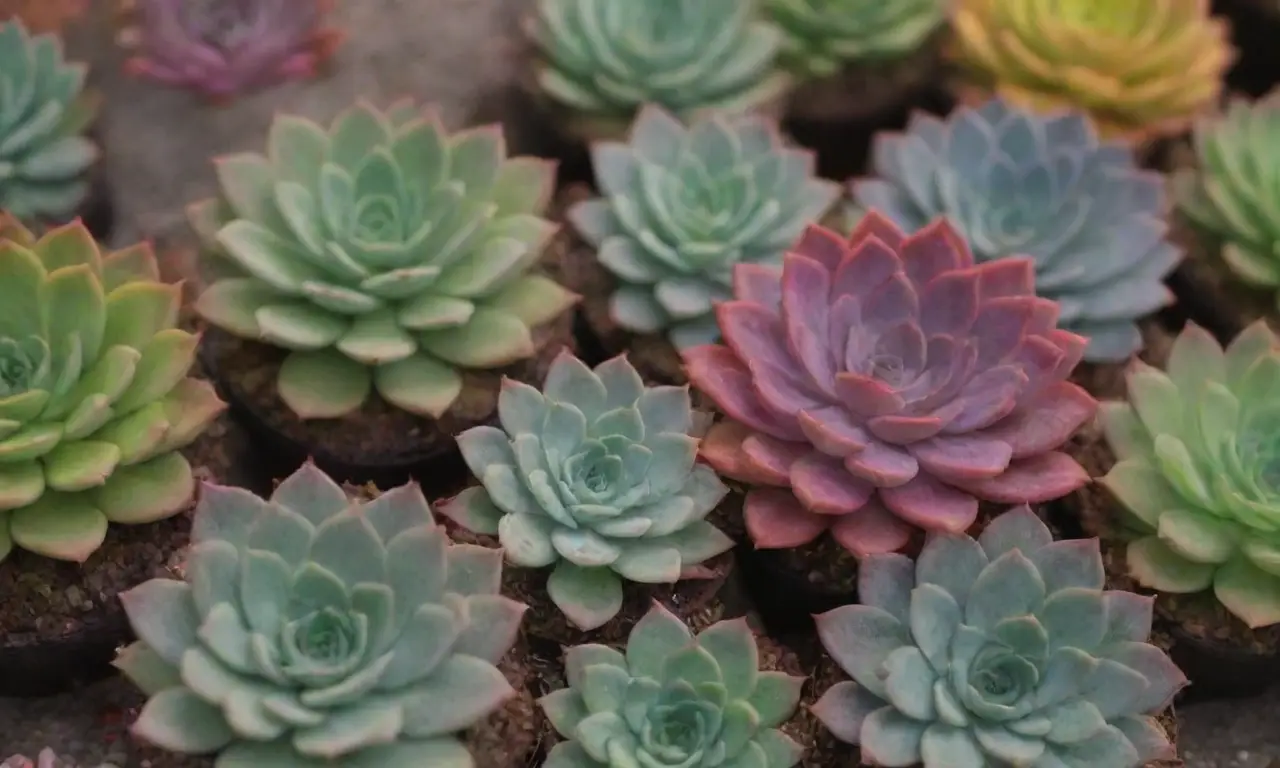
Navigating disputes during succulent swap events is an art that, when managed well, can enhance the overall experience for everyone involved. By understanding the common issues that arise—such as disagreements over plant condition, valuation disputes, and miscommunication—participants can proactively create strategies that minimize frustration.
Incorporating practices such as open dialogue, active listening, compromise, collaboration, and a structured resolution process contributes significantly to fostering a supportive and engaging environment for all plant enthusiasts. Ultimately, the goal is to not only exchange plants but also to build friendships and community connections that will last far beyond the event.
As more individuals join the succulent enthusiast community, it’s essential to carry forward a culture of understanding, respect, and compromise. By practicing these conflict resolution techniques, succulent swap events can continue to flourish as joyful gatherings where everyone leaves satisfied and excited about their new plants. Remember, the essence of these swaps is in sharing the joys of gardening and exploring the beauty of nature together—let’s keep it that way!
 The Importance of Sustainable Practices in Succulent Swaps
The Importance of Sustainable Practices in Succulent SwapsIf you want to read more articles similar to How to Handle plant disputes during Succulent Swap Events, you can visit the Succulent swaps category.


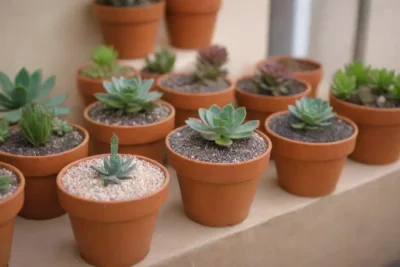
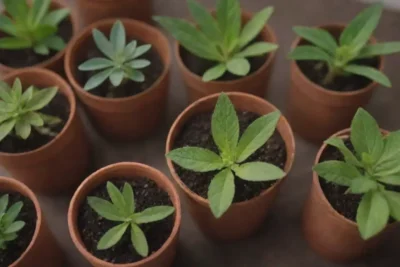
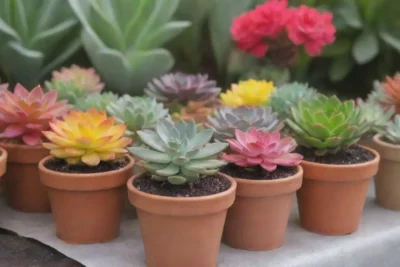
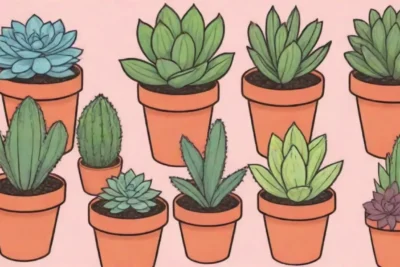
You Must Read